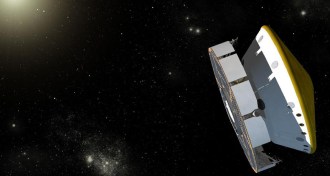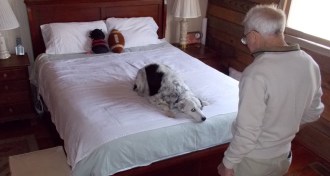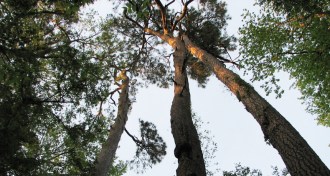Humans
Sign up for our newsletter
We summarize the week's scientific breakthroughs every Thursday.
-

-
 Health & Medicine
Health & MedicineEasy steps limit antibiotic-resistant infections in hospitals
Intensive care units that bathe patients and take other precautions have fewer cases of staph, a study finds.
By Nathan Seppa -
 Health & Medicine
Health & MedicineMars trip would deliver big radiation dose
Curiosity instrument confirms expectation of major exposures.
-
 Health & Medicine
Health & MedicineCancer drug damages mouse hearts by slaying helpful cells
Explanation for side effect in people could provide way to avoid it.
By Meghan Rosen -
 Health & Medicine
Health & MedicineUnderactive thyroid ups pregnancy risks
Several complications are more common in women with the condition, including gestational diabetes and cesarean births.
By Nathan Seppa -
 Life
LifeResponse to bacterial infection depends on time of day
Mice that got Salmonella in the evening fared better than those given the microbe in the morning.
By Meghan Rosen -
 Life
LifeA molecular window on itch
Researchers discover chemical puppet master behind the need to scratch.
-
 Psychology
PsychologyLess is more for smart perception
Neural efficiency reigns in brains of high-IQ individuals as they view their surroundings, a new study indicates.
By Bruce Bower -
 Psychology
PsychologyDog sniffs out grammar
After years of word training, a canine intuitively figures out how simple sentences work.
By Bruce Bower -
 Humans
HumansTeens take home science gold at Intel ISEF
Self-driving vehicles, battery alternatives and analyses of galaxy clusters claim top prizes at global high school science competition.
By Sid Perkins -
 Humans
HumansHighlights from the Biology of Genomes meeting
Highlights from the genome biology meeting held May 7-11 in Cold Spring Harbor, N.Y., include an enormous tree's enormous genome, genes for strong-swimming sperm, and back-to-Africa migration some 3,000 years ago.
-
